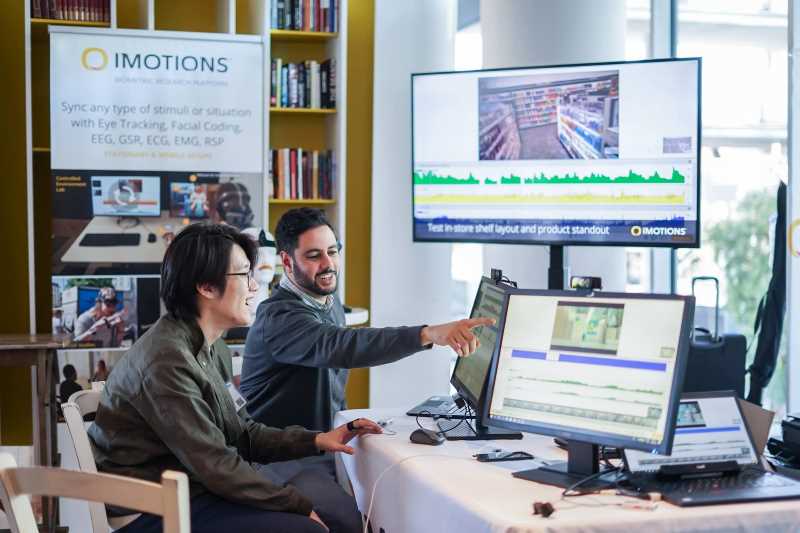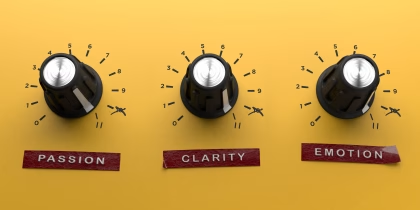Abstract:
Objective
To report on the use of an eye-tracking retrospective think-aloud for usability evaluation and to describe its application in assessing the usability of a mobile health app.
Materials and Methods
We used an eye-tracking retrospective think-aloud to evaluate the usability of a HIV prevention mobile app among 20 young men (15-18 years) in New York City, NY; Birmingham, AL; and Chicago, IL. Task performance metrics, critical errors, task completion rate per participant and task completion rate per task, were measured. Eye-tracking metrics including fixation, saccades, time to first fixation, time spent, and revisits were measured and compared among participants with/without a critical error.
Results
Using task performance analysis, we identified 19 critical errors on four activities, and of those, two activities had a task completion rate of less than 78%. To better understand these usability issues, we thoroughly analyzed participants’ corresponding eye movements and verbal comments using an in-depth problem analysis. In areas of interest created for the activity with critical usability problems, there were significant differences in time spent (p = 0.008), revisits (p = 0.004), and total numbers of fixations (p = 0.007) by participants with/without a critical error. The overall mean score of perceived usability rated by the Health IT Usability Evaluation Scale was 4.64 (SD = 0.33), reflecting strong usability of the app.
Discussion and Conclusion
An eye-tracking retrospective think-aloud enabled us to identify critical usability problems as well as gain an in-depth understanding of the usability issues related to interactions between end-users and the app. Findings from this study highlight the utility of an eye-tracking retrospective think-aloud in consumer health usability evaluation research.







